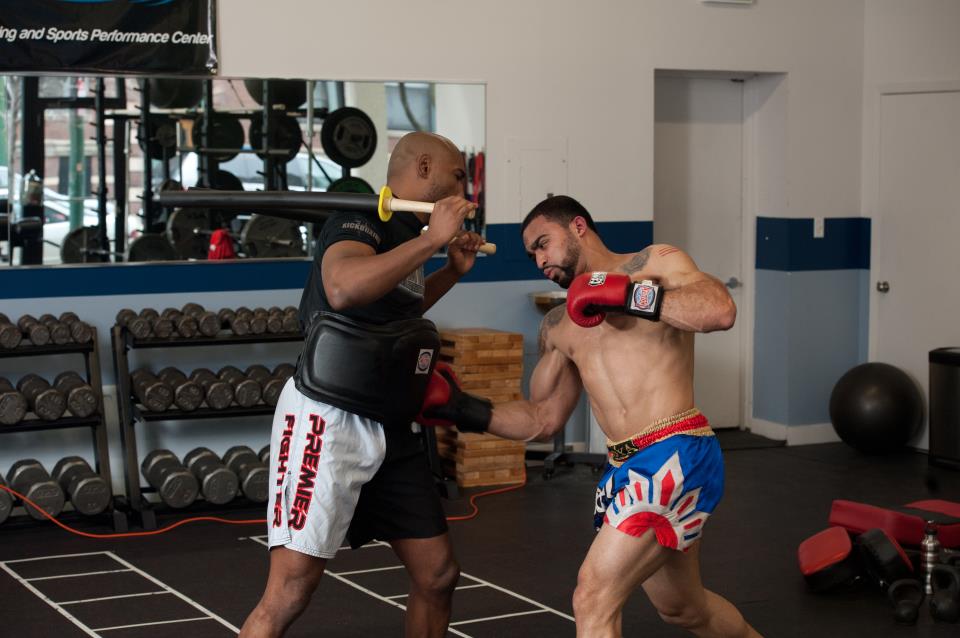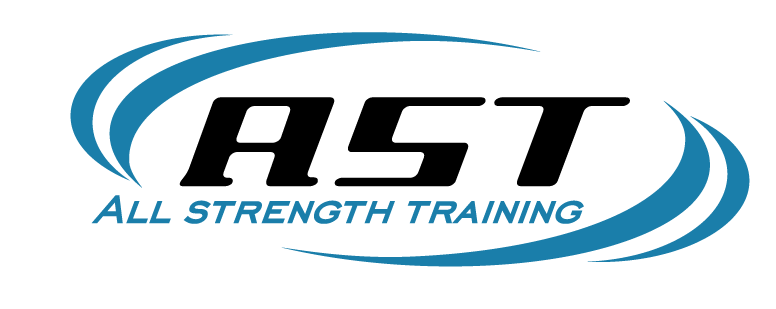3 Deadlift Variations for MMA Fighters

With the increase in popularity of the UFC inevitably comes a flood of information from various strength coaches, trainers and other fitness professionals about “sport-specific” training for mixed martial arts competition. While there are a handful of trainers who advocate a variety of circus-like “functional” lifts, including everything from swinging chains around while standing on a stability ball (yes, this is actually a thing people do) to performing strength exercises in combat gear and altitude masks (again, yes, people do this for real), most intelligent coaches and trainers have taken basic staples of strength and tweaked them to meet the needs of a different sport.
While there will be some disagreement, it’s commonly accepted that one of the best exercises to increase MMA potential is the deadlift. There is not a fighter on the planet who can’t benefit from a stronger posterior chain (low back, glutes, and hamstrings), a better grip, and more power in the entire body. And for a lot of the offseason, the standard deadlift gets the job done. But there are a few variations that can be incorporated into your fight preparation that work either as a main lift or as an accessory lift.
The Single-Leg Deadlift
For sheer glute recruitment, the single-leg deadlift is probably the best exercise out there. It also works well for people who tend to dominate conventional deadlifts with their lower back – since you’re still using all of your lumbar muscles but only half of your glutes and hamstrings, your lower back isn’t moving enough weight to get fatigued easily.
The Zercher Deadlift
The bar position and the wide stance mimics a double-leg takedown. If you can move 300-400lbs for a few reps here you’ll have a lot less trouble taking down an angry 200-lb man who’s trying to beat you in the head.
Band-Resisted Deadlift
I like these because they force you to be fast. You’re less likely to use maximum weights, but with a healthy amount of band tension on the bar, your grip, upper back and traps will get a ton of overload because the band is going to try to yank the bar back to the floor at lockout.
There are a couple of setup options here. The first is with a single JumpStretch or EliteFTS band (light and average bands work the best for this, use more than one if necessary):
The second option is to use a couple of EliteFTS short bands, which are a little easier to set up correctly. The mini, monster mini, and light bands are the best options here, and make sure to choke the bands over the smooth part of the bar, as the knurling can tear up the bands over time:
